
First impressions of Bolivia (I): La Paz
D-day finally came and we were ready to fly to Bolivia. The adventure begins! But first, let me tell you a few basics about the country. Bolivia houses 11 million inhabitants, the official capital is Sucre but the working capital (the seat of government) is in La Paz, and the country has recognized 37 official languages. If you would like to know more interesting facts about Bolivia, read my dedicated page here.
We flew from Madrid to Santa Cruz and from there to La Paz. Both airports are in Bolivia, but given the altitude in La Paz (El Alto airport is at 4,061 m), most international flights arrive to Santa Cruz. Unfortunately, our start in Bolivia wasn’t great. I started feeling dizzy as soon as we landed in Santa Cruz. By the time we got to La Paz, I had already vomited twice. Actually, the first thing we did was go see a doctor at the airport in La Paz and then another one at the clinic El Sur. While we waited for our Airbnb in the Calacoto area to be ready, we stayed in the lobby of the Hotel Casa Grande, where we would spend New Year’s Eve a few days later.
On Sunday I was feeling a bit better but the altitude sickness kicked in. I had headaches and breathing was painful at times. Nevertheless, we went out to explore the city. We took the cable car from Irpavi to El Prado, which reminded me of our Metrocable experience in Medellín, Colombia. Getting to see the city from above was incredible and we realized how hilly and large La Paz was. Another surprising aspect was that most houses were just made of bricks. No paint, no nothing. Apparently, if the houses are not painted, it means no one is leaving there. Hence, people don’t have to pay certain taxes…
After the cable car ride, we walked up the avenue Mariscal Santa Cruz and reached Iglesia de San Francisco. Since it was closed, we headed up calle Sagárnaga, where most touristy shops are located. The Witches’ Market, also known as El Mercado de las Brujas, is another popular attraction in that area. And by the way, don’t be surprised if you find dead animals including dried llama foetuses on the street stalls. Those are sold so citizens can offer them up to Pachamama (Mother Nature) in return for blessings.
To be honest, we were quite disappointed by downtown La Paz. In our opinion, the only spots worth visiting were central Plaza Murillo (with the Cathedral, the Presidential Palace and the National Congress) as well as calle Jaén and its museums. However, streets in La Paz are very colorful thanks to the ‘cholitas‘, the indigenous women with wide skirts, braided hair and bowler hats.
Before leaving for Tarija, we went to Sopocachi, described as a bohemian artistic neighborhood. Plaza Avaroa lies at the center and there are excellent views from a hill called El Montículo.
Here are the trip details of our stay in La Paz:
- Bolivia Green Kitchen: located in Sagárnaga 315, we stopped here to take a break from the altitude sickness and drink some coca tea.
- Alexander Coffee: this is like the Bolivian Starbucks and you will find branches pretty much in every major city in the country (but not in Tarija, lucky us!)
- Mi Chocolate Caliente: uninspiring place in Sopocachi where we had beers and tacos.
- Vinapho: great Vietnamese restaurant in Sopocachi. We tried their comforting soups (sautéed veggies and red curry with shrimp)
- Hotel Casa Grande: we spent a fantastic New Year’s Eve at their Yerba Buena restaurant.

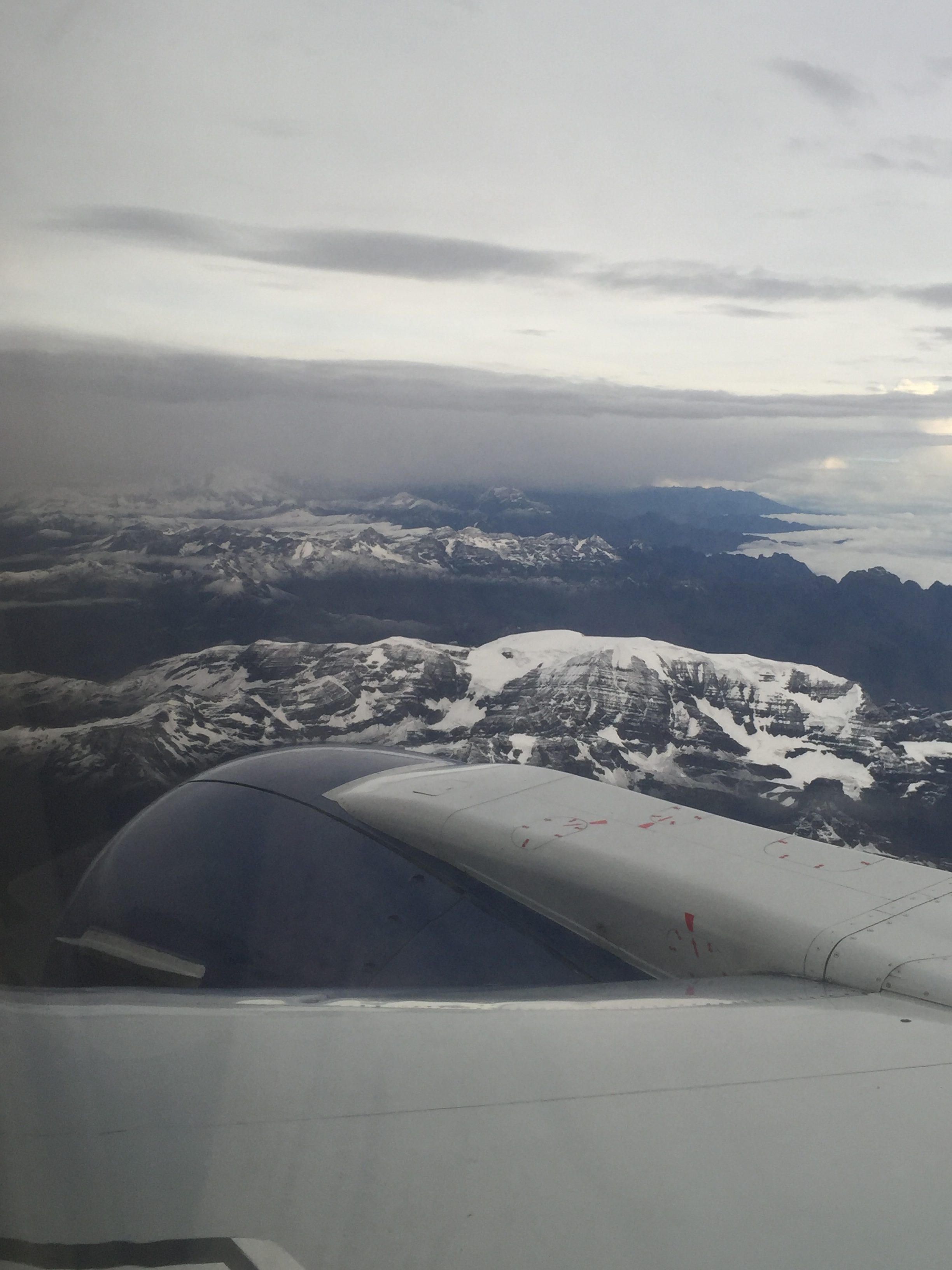



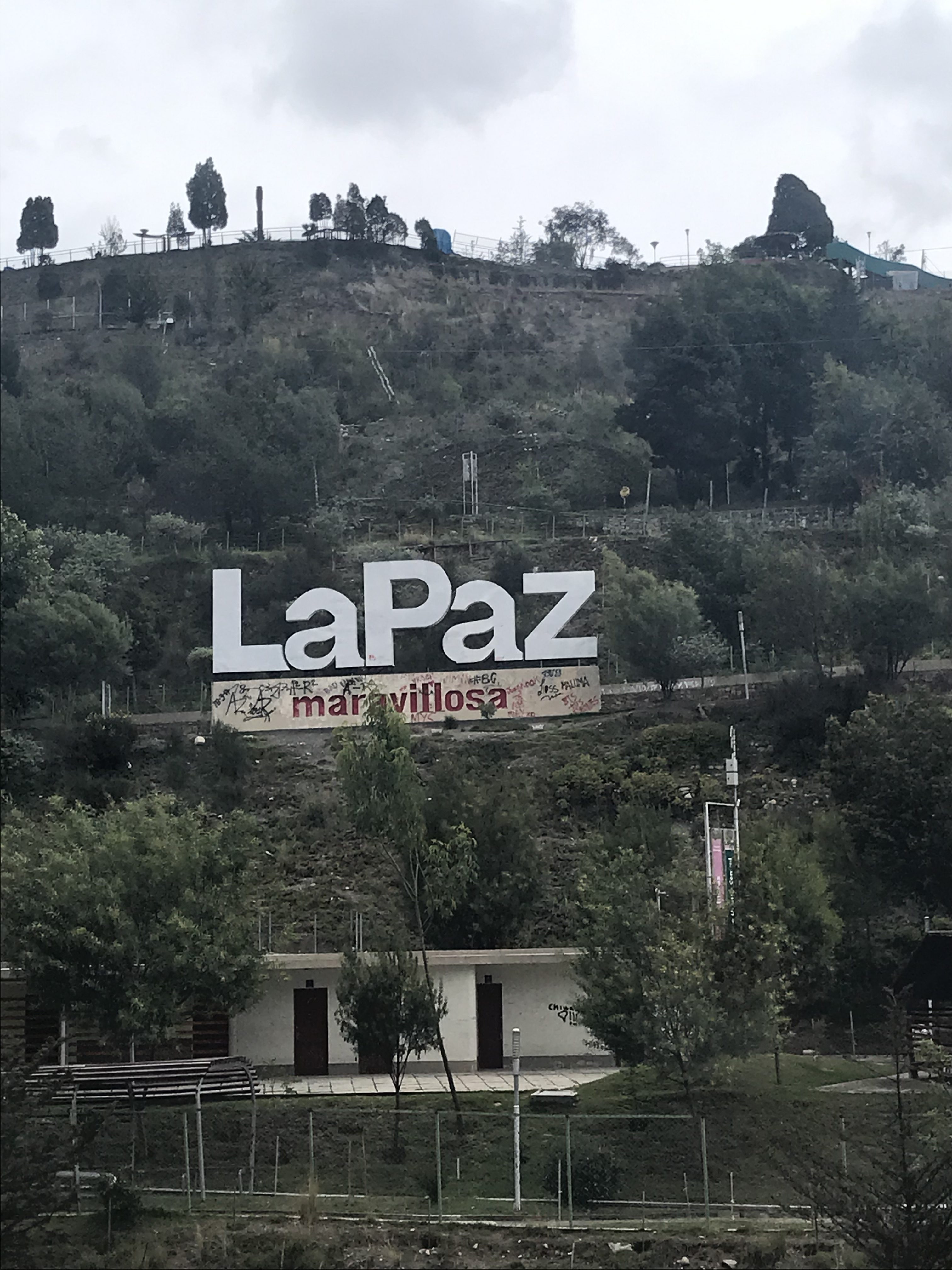
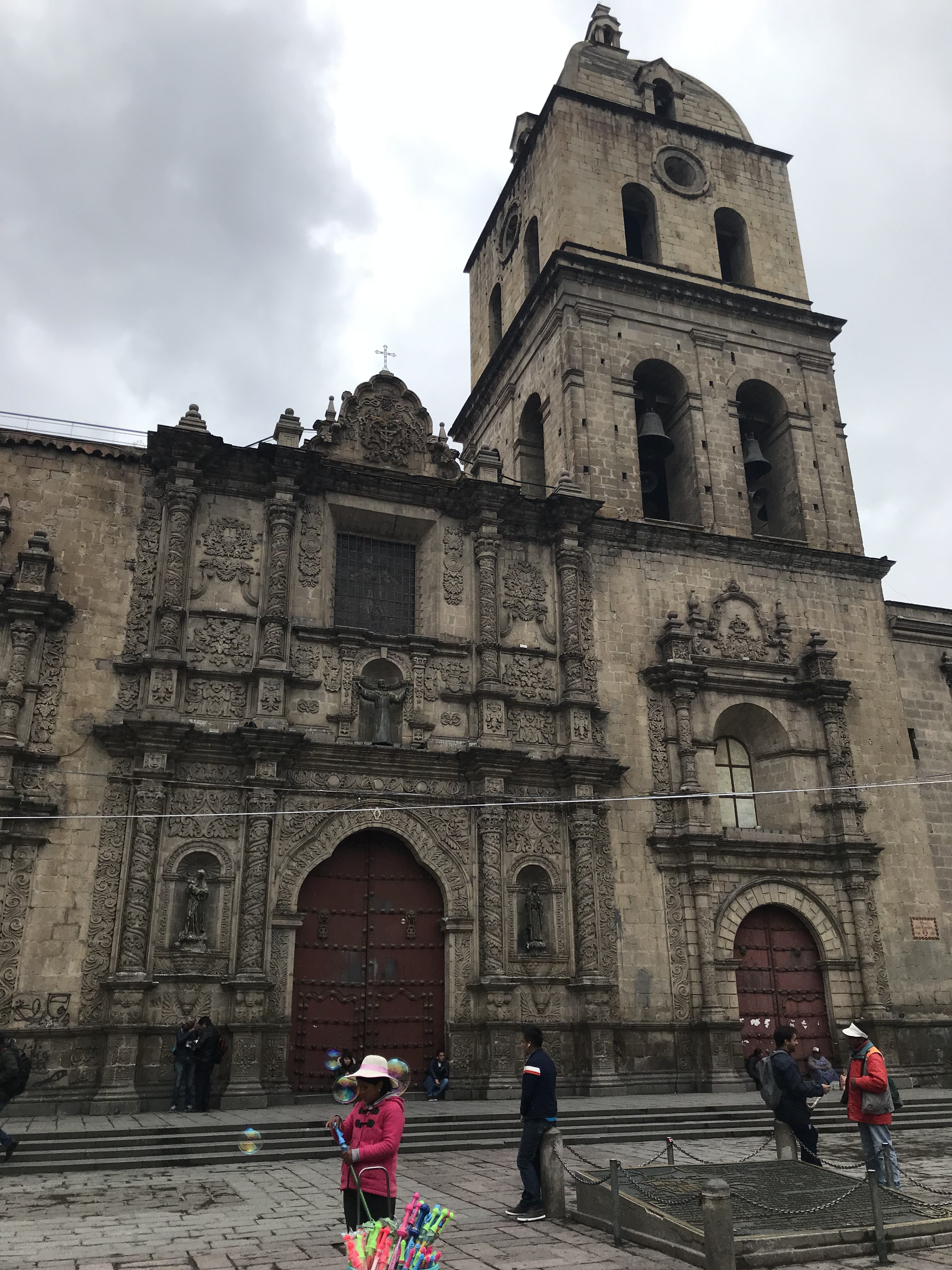

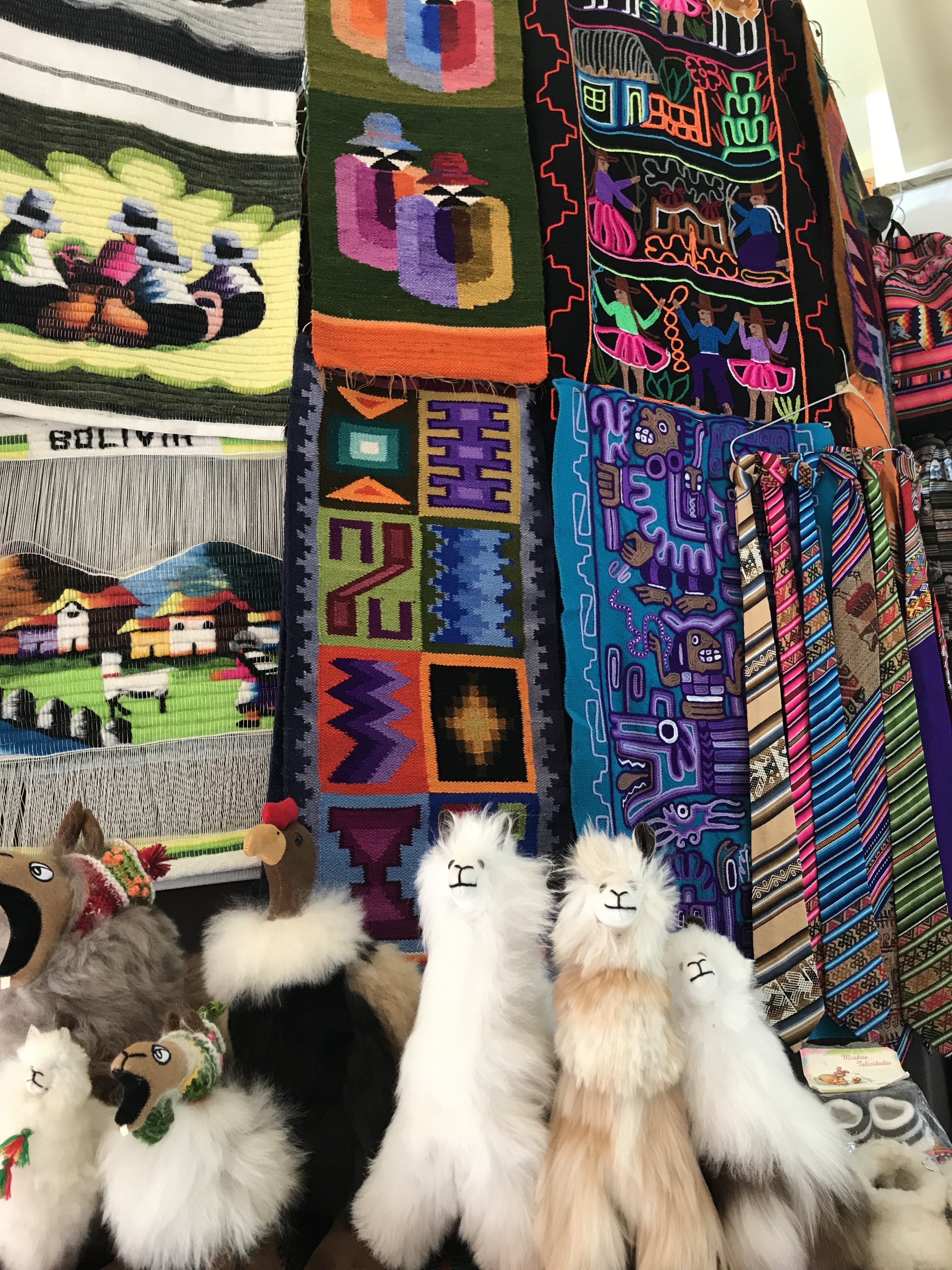
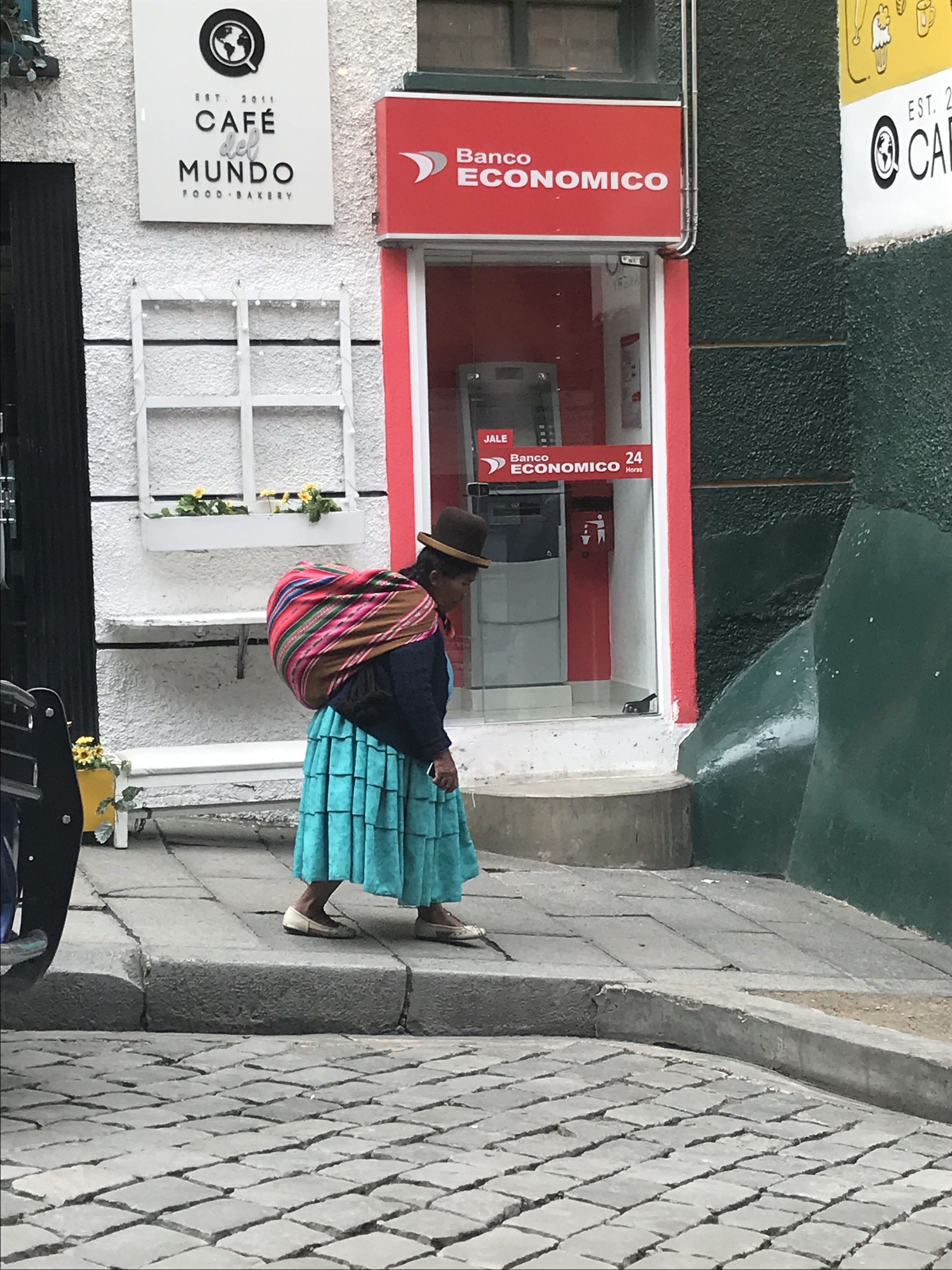
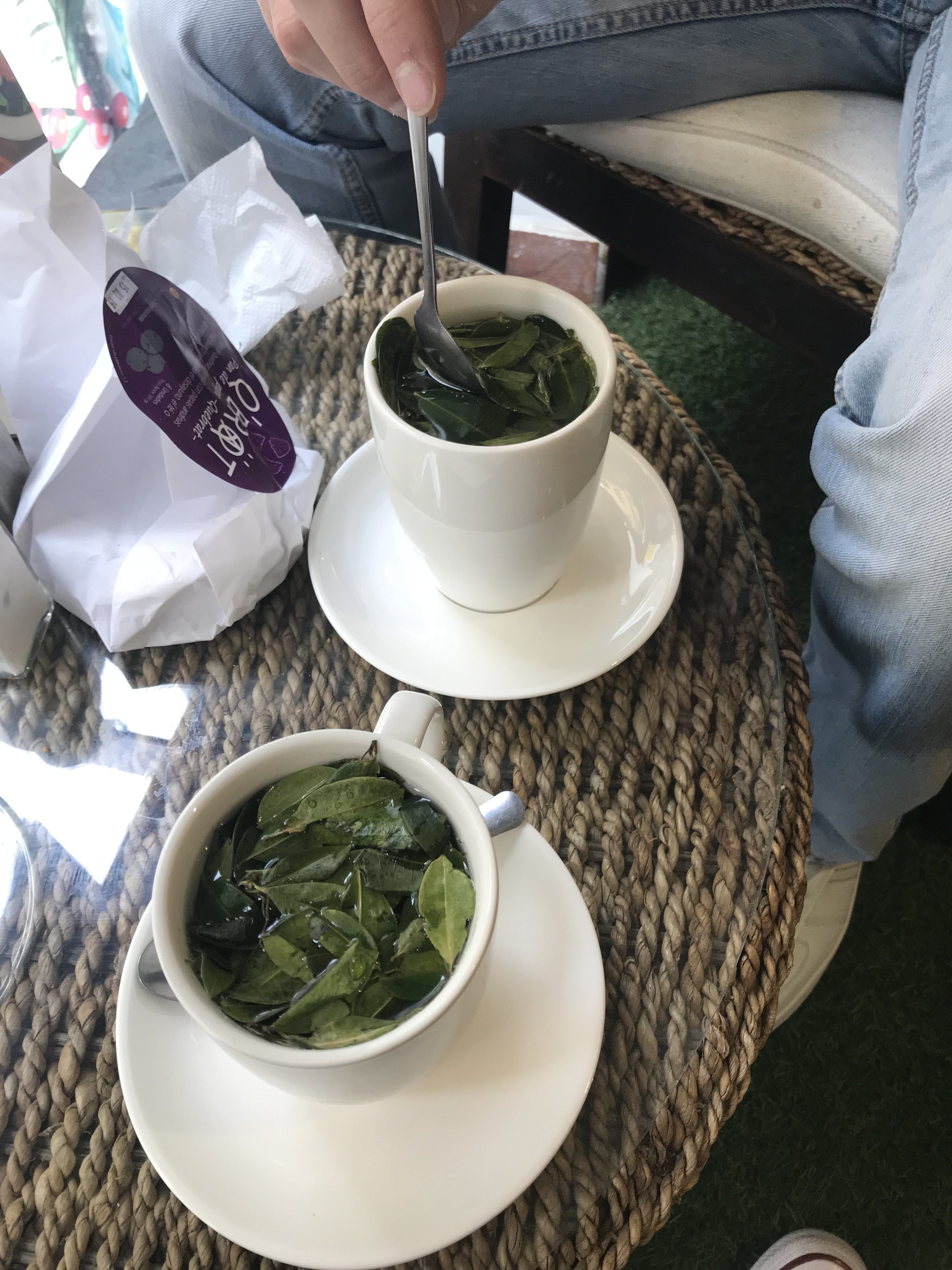
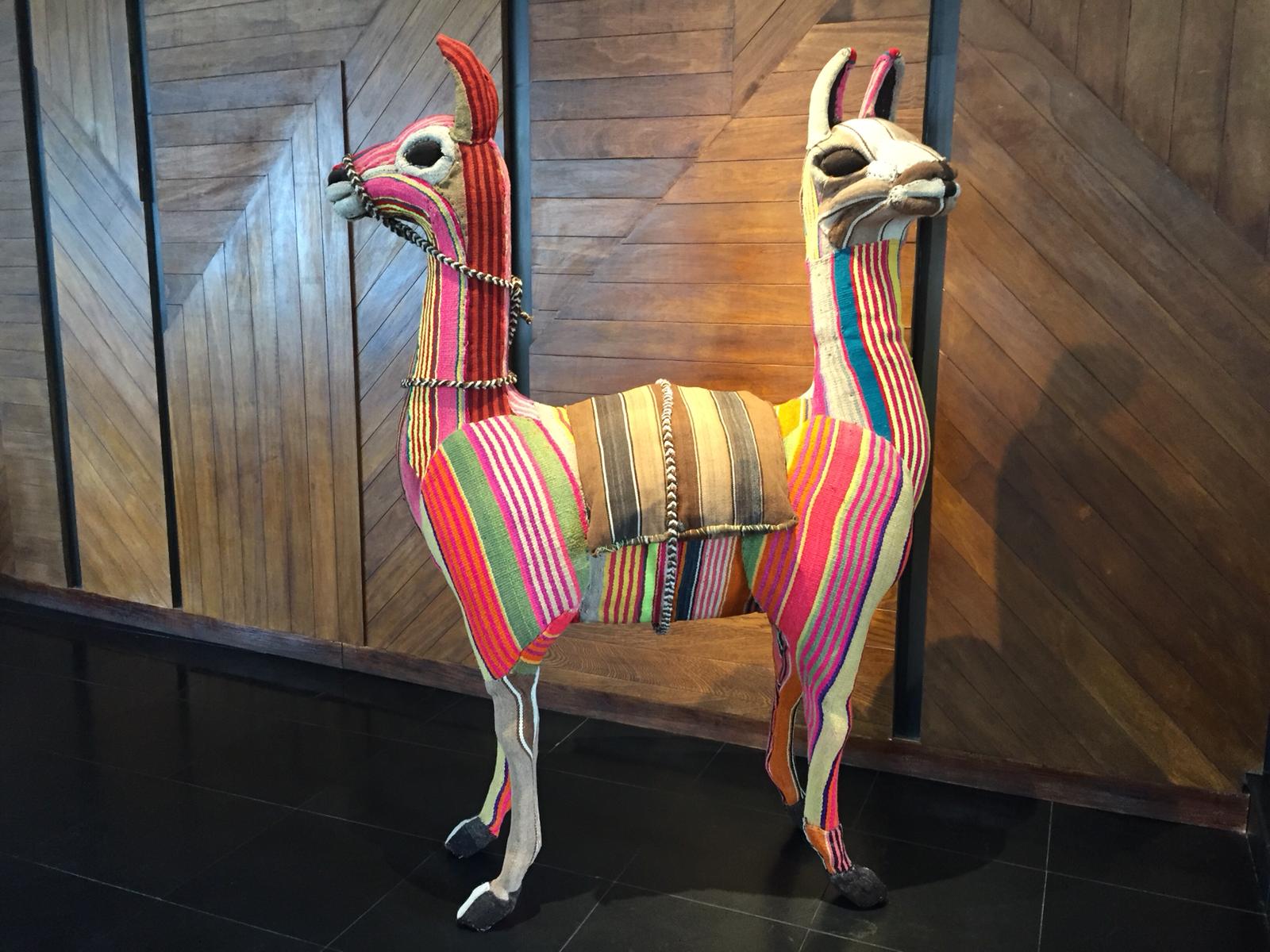
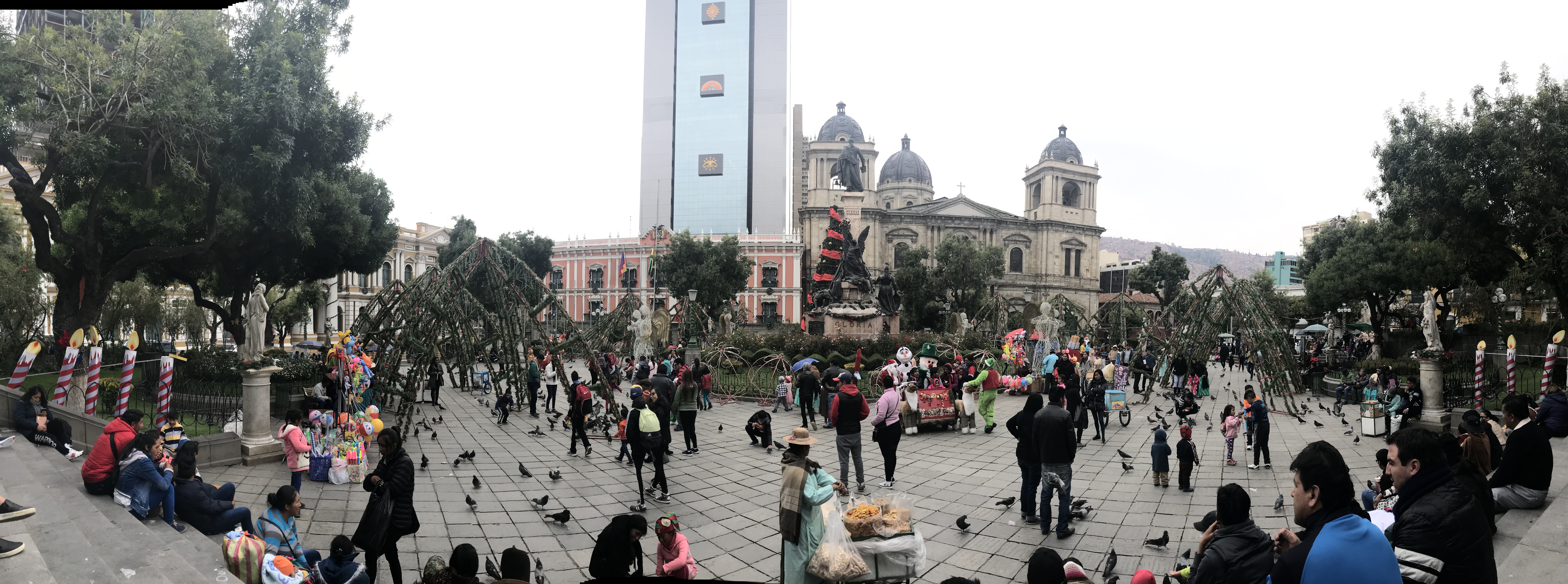

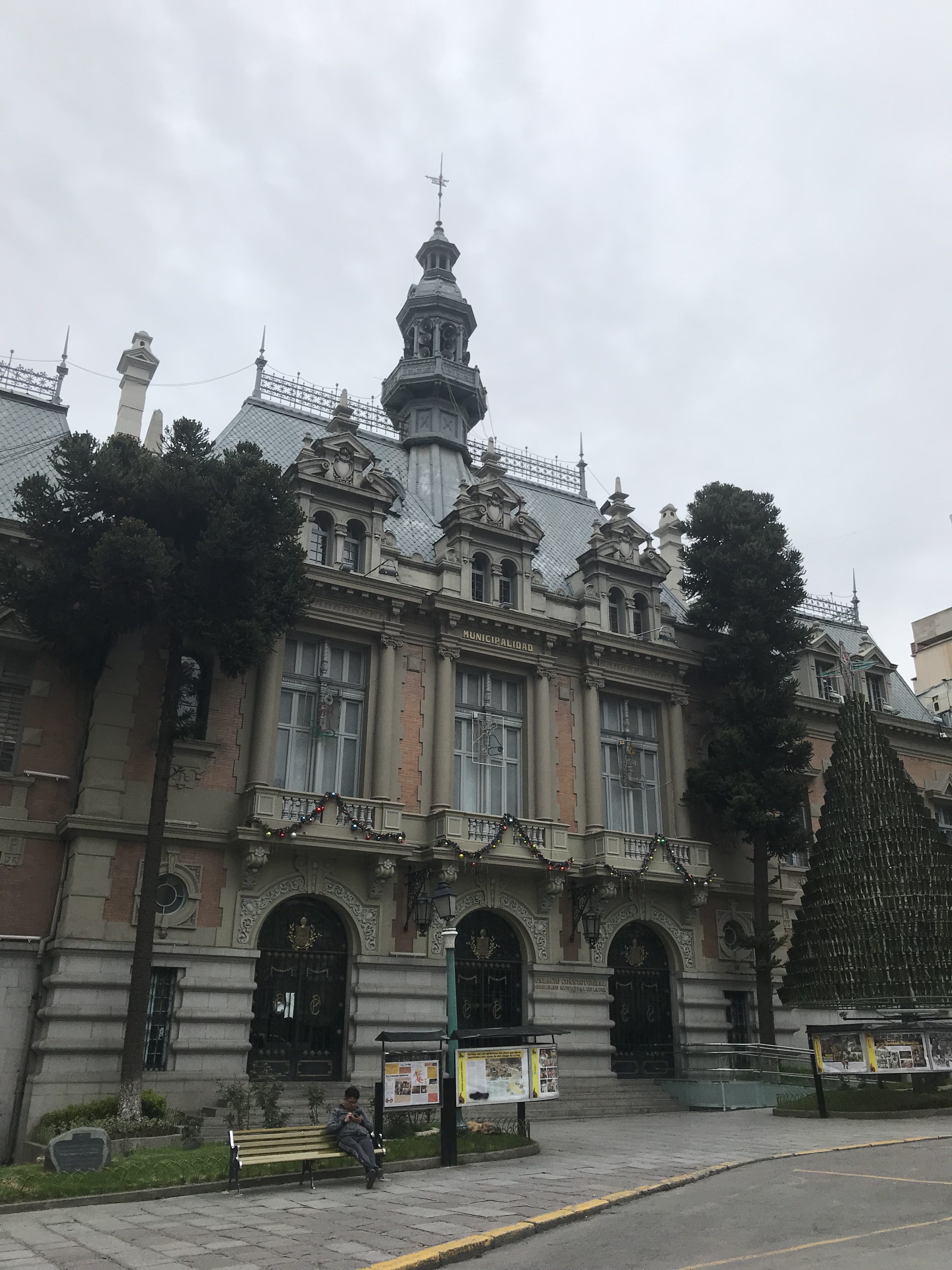
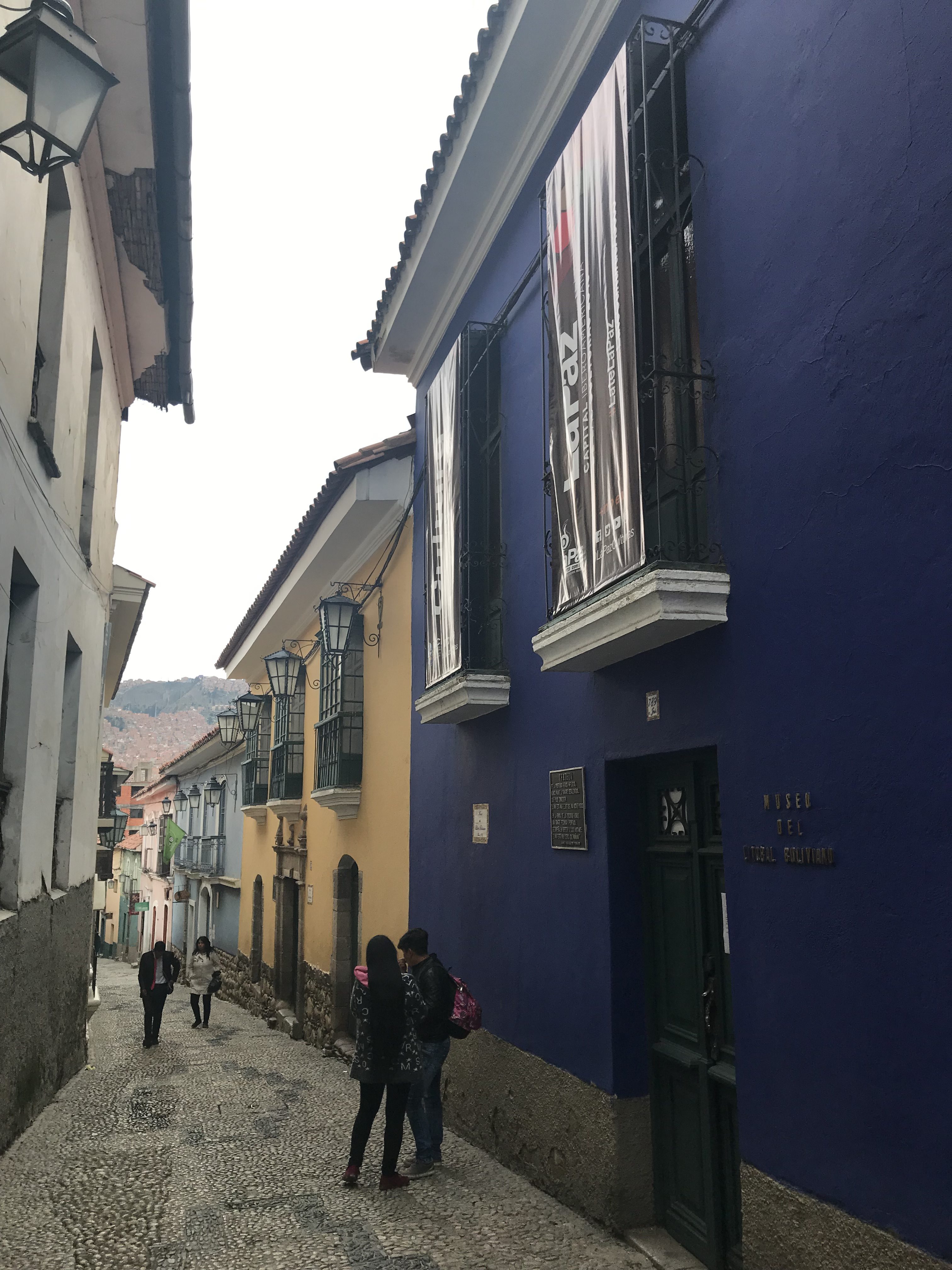
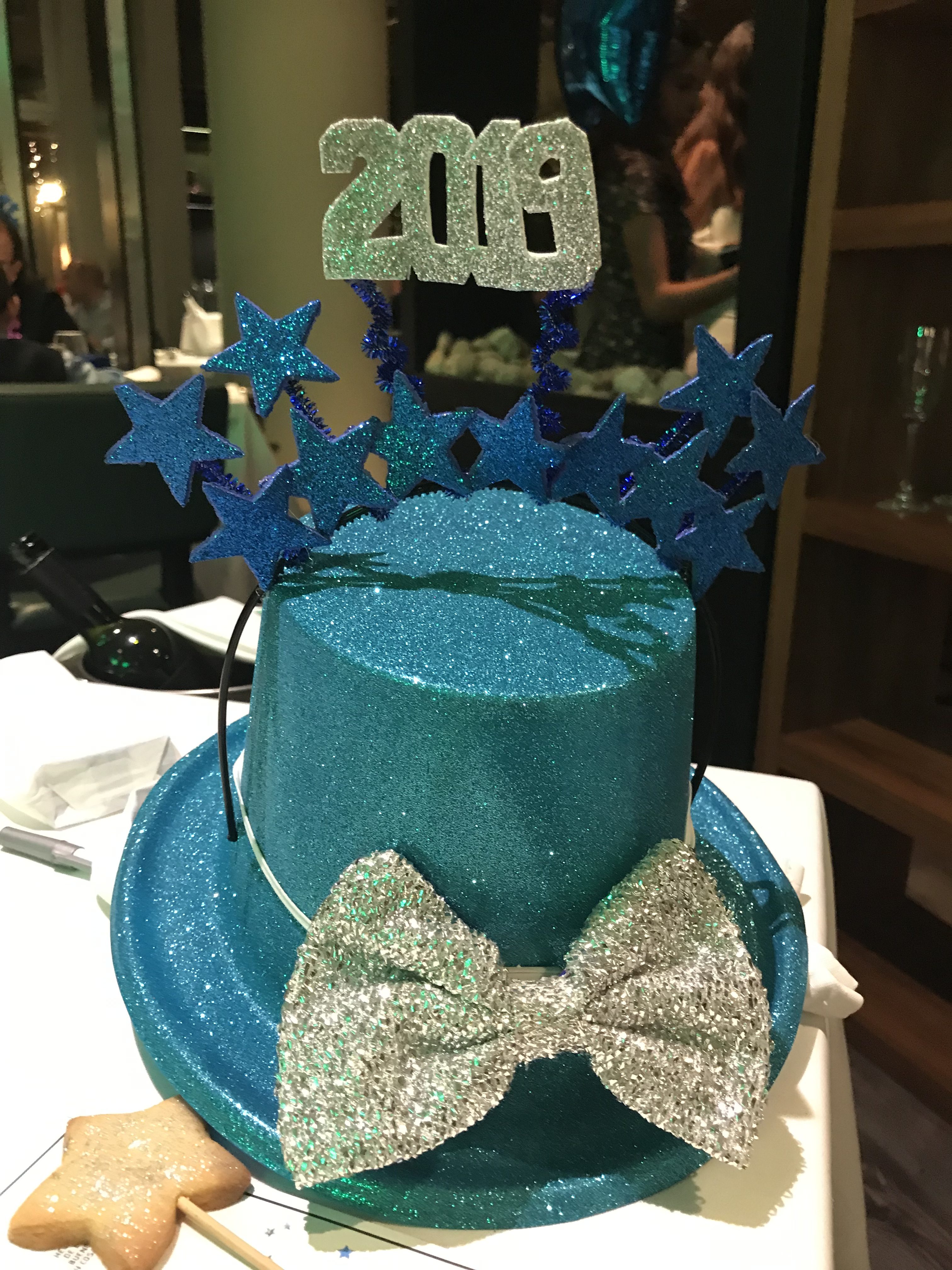
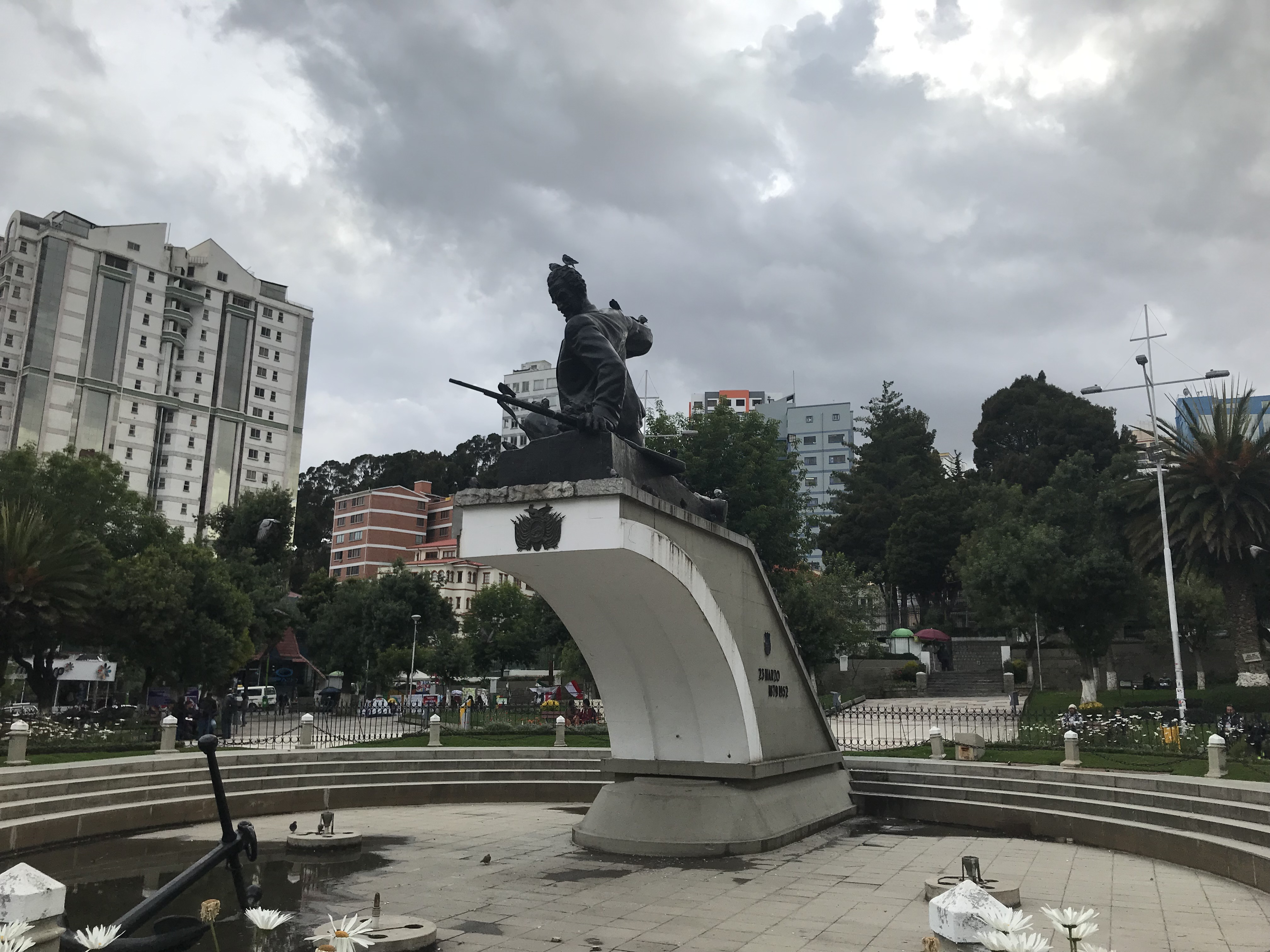
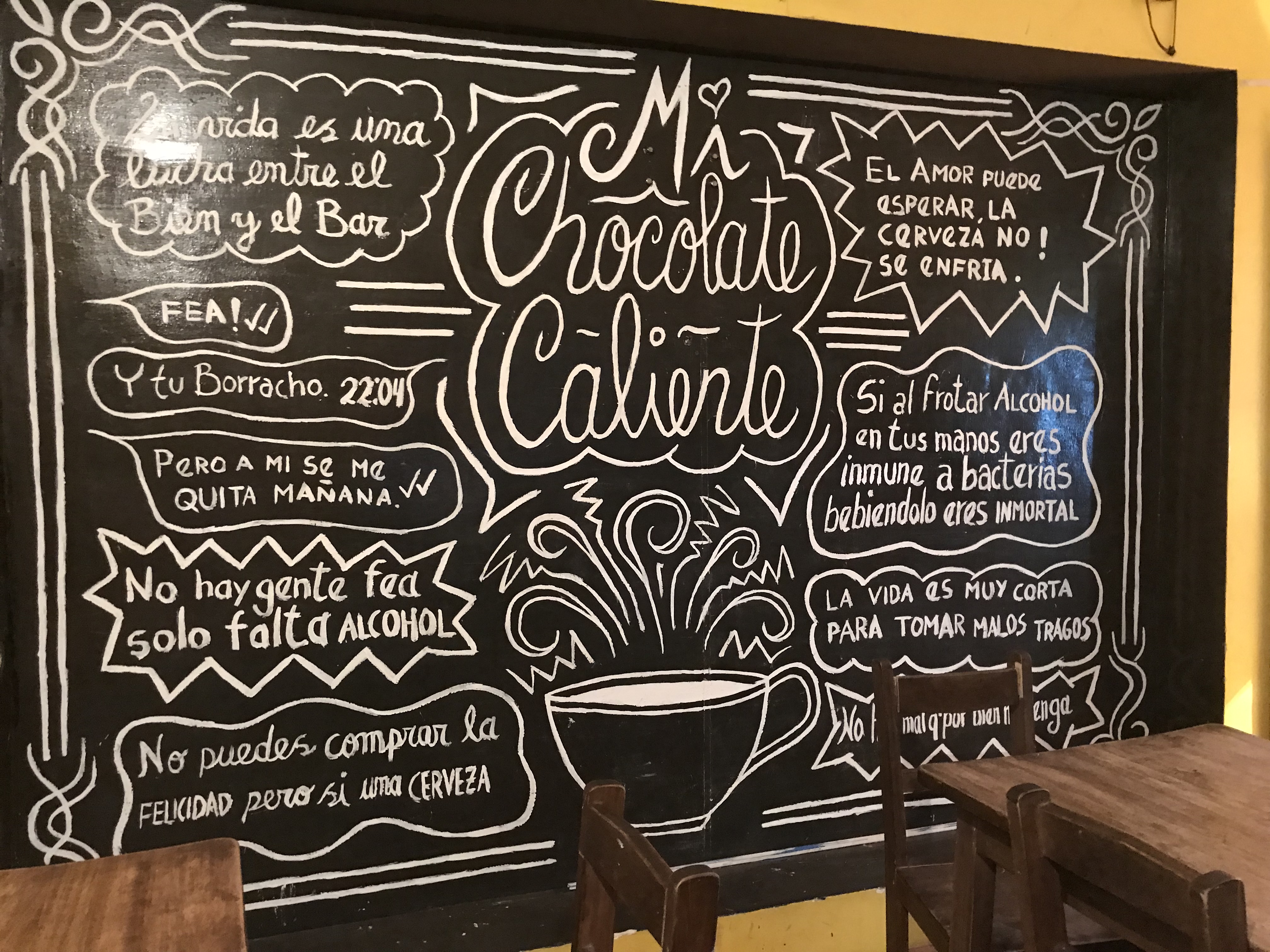
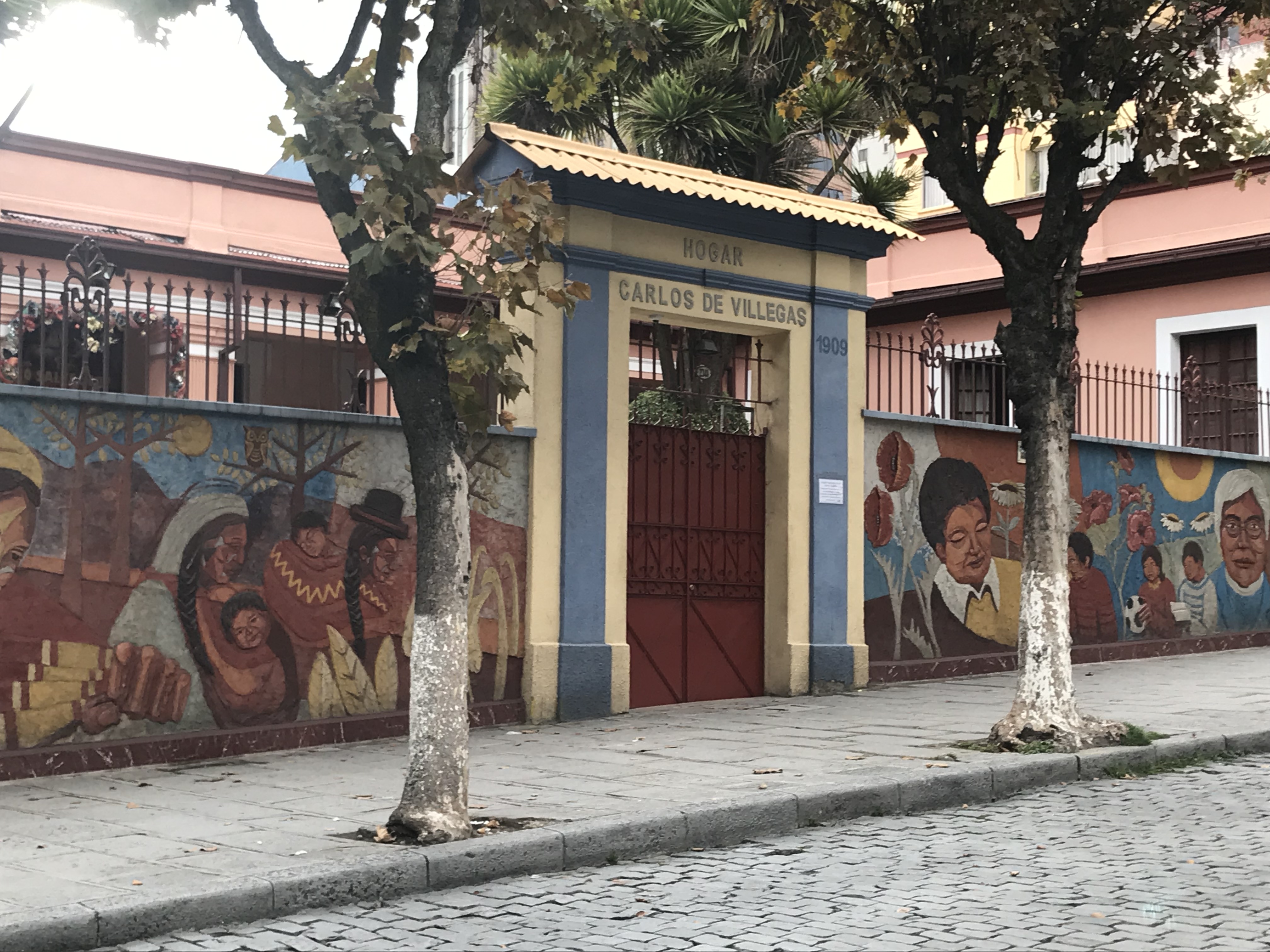
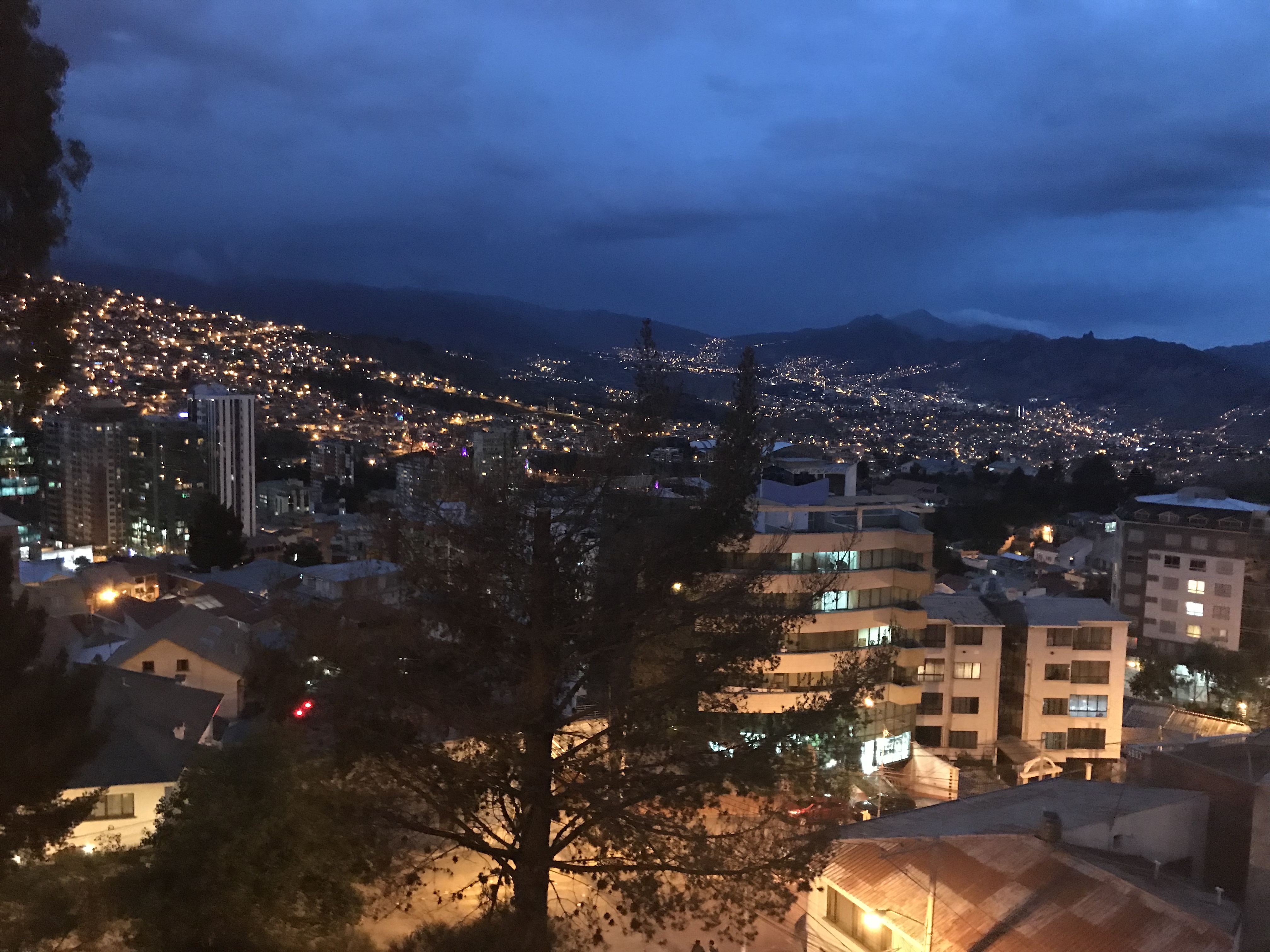
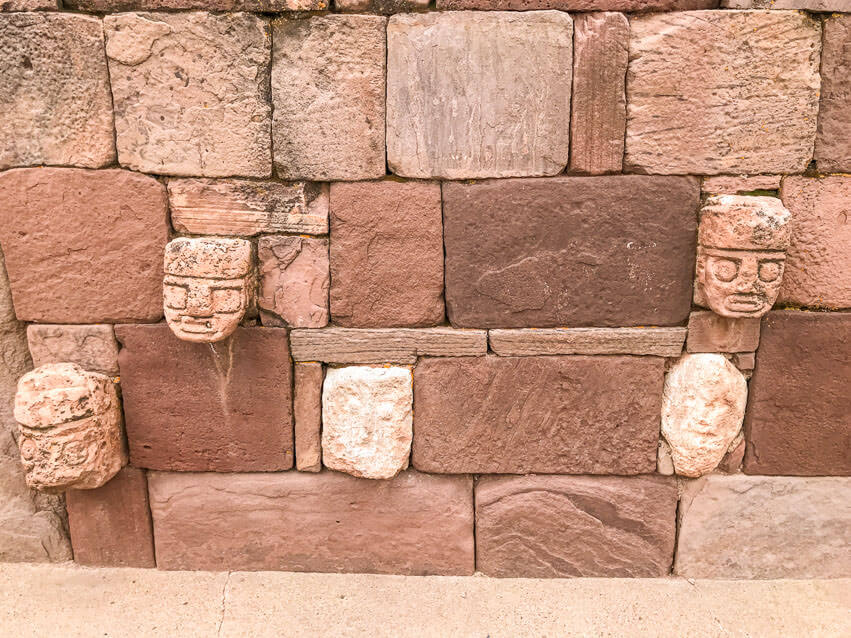
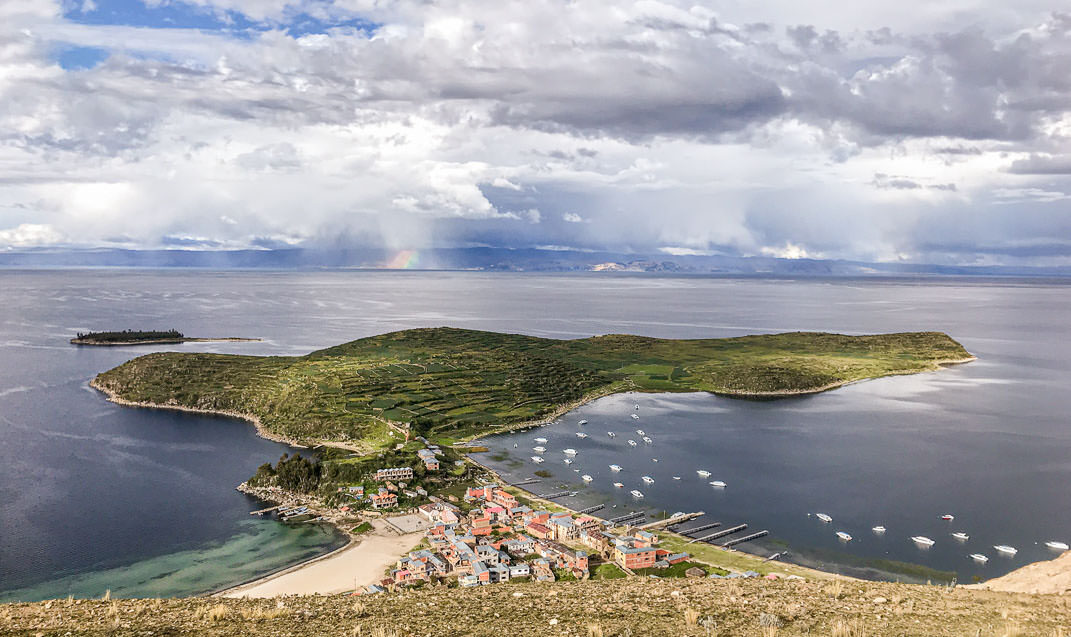
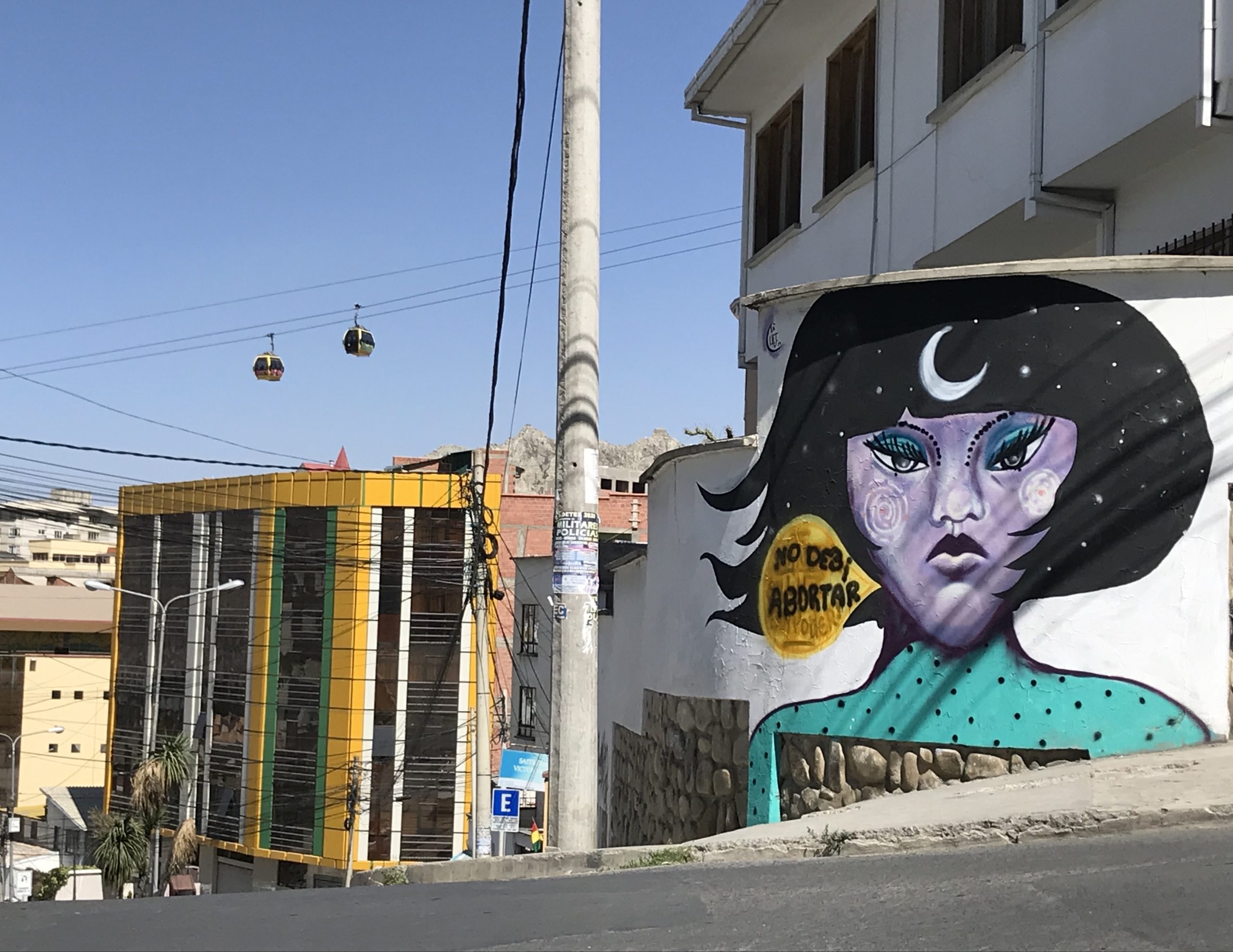
Pingback: A few days in La Paz - Mariela around the world